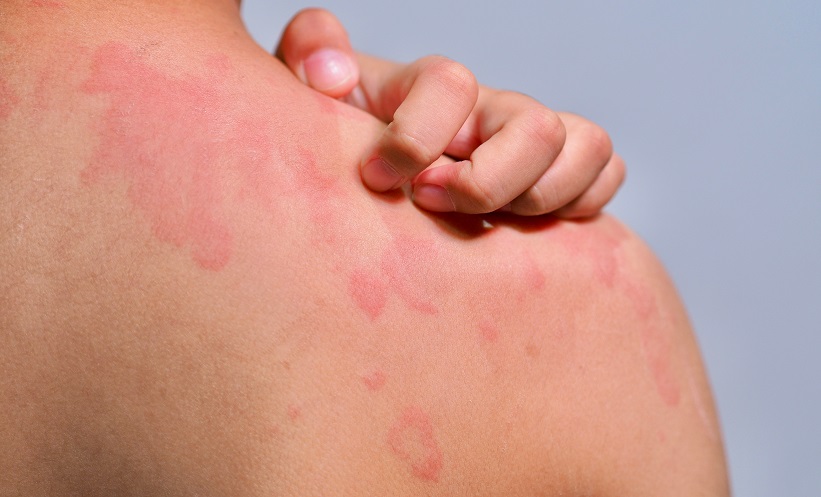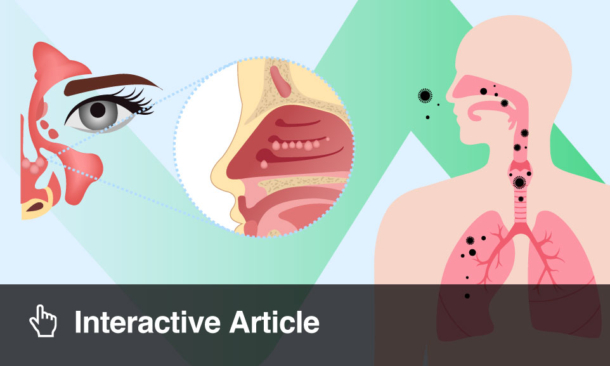CHRONIC spontaneous urticaria (CSU) is a distressing condition that significantly affects quality of life in children, with limited therapeutic options beyond antihistamines. Omalizumab, an anti-IgE monoclonal antibody, is licensed for use in adults with CSU and has shown promise in clinical practice. However, evidence for its use in children, particularly those under 12, remains limited. A recent systematic review and meta-analysis has now assessed the efficacy and safety of omalizumab in the paediatric population, offering timely insights into its role in managing childhood CSU. A key finding of the review is a pooled response rate of 88%, suggesting substantial benefit across a range of paediatric cases.
The review analysed studies identified through comprehensive searches of five major databases: PubMed, Scopus, Embase, Cochrane, and Web of Science. Data were synthesised using the “R” software package, with subgroup analyses and heterogeneity assessments performed via I² and chi-squared tests. A random-effects model was applied. Studies included were assessed for outcomes such as response and relapse rates, changes in urticaria scores, and adverse events. A total of 36 studies met the inclusion criteria.
The pooled overall response rate to omalizumab was 88.0% (95% CI: 80.7–95.2%), with a complete response in 51.0% of patients (95% CI: 32.7–69.2%). Good or well-controlled disease was observed in 50.5% (95% CI: 33.9–67.1%), and poor or partial responses in 20.1% (95% CI: 14.3–27.3%). Relapse occurred in 24.3% of cases (95% CI: 8.1–40.6%). Symptom severity, as measured by the Urticaria Activity Score, showed a significant reduction (SMD: -3.08; 95% CI: -5.45–-0.71). Adverse events were rare, occurring in just 3.4% of patients. In children under 12, 18 out of 21 achieved complete response, and only one experienced serum sickness.
This analysis suggests omalizumab is an effective and generally well-tolerated treatment for paediatric CSU, including in younger children under 12. The high response rate and low incidence of adverse events support its consideration as a treatment option when antihistamines are inadequate. However, limitations include heterogeneity across studies, small sample sizes in younger age groups, and the observational nature of most included research. Further randomised controlled trials are needed. Nevertheless, these findings offer encouraging support for incorporating omalizumab into clinical practice for children living with CSU.
Reference
Alomari O et al. Omalizumab in pediatric chronic spontaneous urticaria: A systematic review and meta-analysis of efficacy and safety. Pediatr Allergy Immunol. 2025;36(6):e70132.






